George Saunders is the contemporary master of the short story; his idiosyncratic tales of trapped and disenfranchised souls are filled with a wit and tenderness few can match. In conversation with another award-winning writer of the form, Rion Amilcar Scott, the Guggenheim Fellow and MacArthur ‘Genius Grant’ recipient discusses his latest work, Liberation Day, a subversive collection that often uses an uncanny, dystopian version of tomorrow to question the power, ethics and justice of today
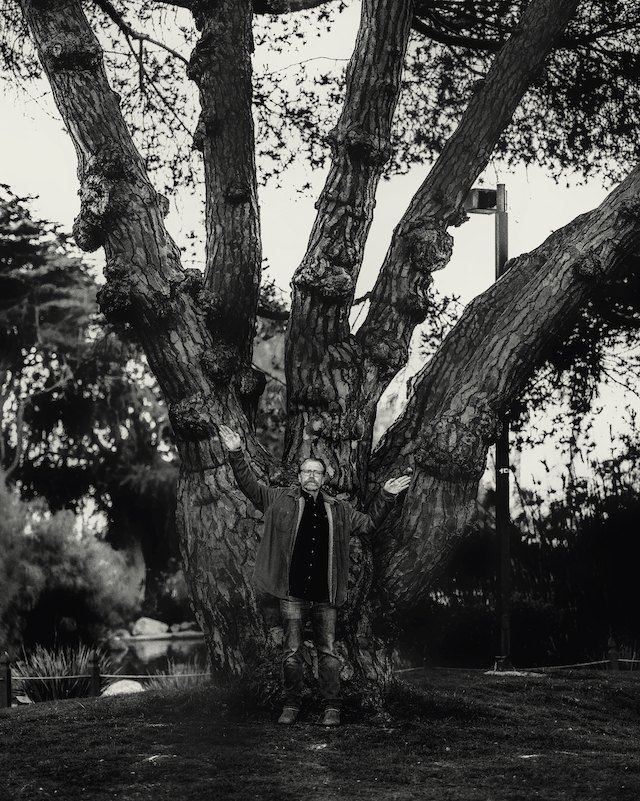
Perhaps there is no way to measure this, but it feels like in the last three years or so, more has happened than even in a typical decade. Statues of Confederate generals and revered white men involved in the transatlantic slave trade have come toppling down. American cities burst into riots as part of a reckoning with police brutality and the country’s long history of discrimination against black and brown people. A gameshow host was elected President of the United States and he proceeded to openly flirt with fascism and flout the norms of governance, and at times, decency. That president’s reign in office ended with hundreds of his supporters storming the Capitol in a brazen coup attempt. The backdrop to all of this, of course, is the once-in-a-generation pandemic that killed millions around the world and forced nearly the entire globe to shutter in their homes away from work and school. That pandemic, which continues on with no clear end in sight, caused much soul-searching for some, a kind of paralysis (emotionally-speaking) for others. For George Saunders, the months of quarantine and the political chaos that preceded it became an occasion for him to dig deeper into the work he’s known for.
The result is the author’s thirteenth book, Liberation Day, a short story collection that feels heavy with the fearful gravitas of the last several years, though the presence of the present moment in the book is, as Saunders puts it, “probably two levels removed from conscious.” Characters in Liberation Day don’t don masks, slather their fingers in hand-sanitiser, lament the bacchanal of January 6th, or complain of the isolation of quarantine, but the confusion of the time makes itself felt in the concerns of the narratives, as if Saunders metabolised the moment and spit it back as short stories that are satirical, sharply observed and deeply humanistic all at the same time. So, we have a story like ‘Ghoul,’ the first he drafted post-pandemic, Saunders says, where workers in a Hell-themed underground amusement park surveil and rat on each other for saying the wrong thing. The price of misspeaking is death-by-mob. In other stories, people attempt to navigate life in broken and fascistic political systems that seem only a few steps away from current life, some find themselves with their minds erased, and instead of their memories they are given idyllic and false versions of history. It’s our world in a funhouse mirror, for sure, but you don’t need to squint too hard to see a clear reflection.
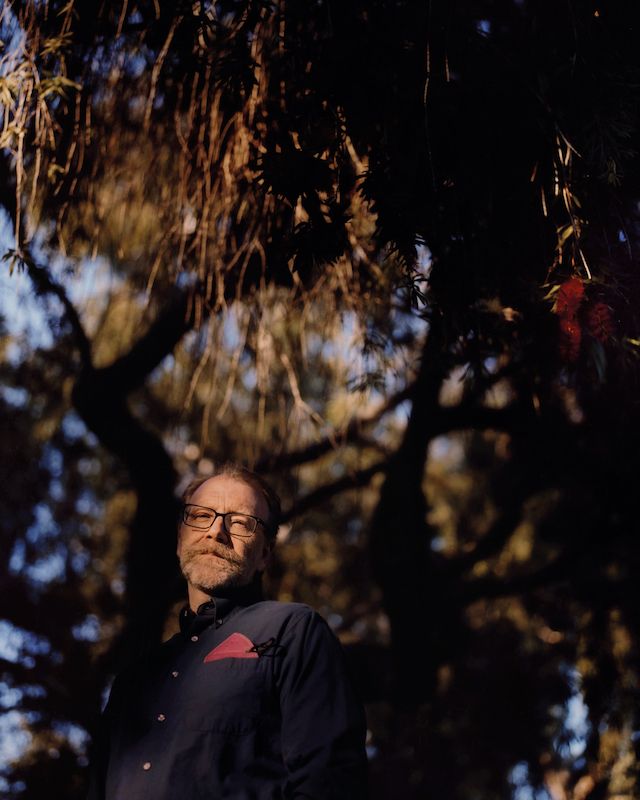
Perhaps this sounds like Saunders has reached his old prophet stage and is yelling truths from a carved stone tablet, but it is not that at all. Saunders remains allergic to the polemical. In the past, sitting down to didactically write about things that angered him led to failed stories, he says. Saunders, who describes himself as a progressive with all the expected progressive opinions, but who, on a casual basis, lacks the skill to articulate those opinions any better than anyone else, chose to let any commentary on the present time bubble up organically during the writing process.
“I’ve always just said that if I try to live with my eyes open, try to develop my politics and my moral, ethical views, then somehow slant-wise that’ll get into the stories,” he notes. “…(I) just approach these things as craft objects, as aesthetic little scale models trusting that everything you know and believe and are confused about will titrate into them, and probably not in ways that are discernable necessarily except maybe in increased truth.”
Many of the stories in Liberation Day were written in the last year and a half, Saunders says, quicker than his normal pace. The pieces explore his persistent themes – the dehumanisation of the individual in the workplace, the obfuscatory nature of corporate-speak, the constant return of history – but the focus of quarantine allowed him to not only write faster, but to go deeper, to linger in complexity and contradiction. The result is stories that refuse to hold the reader’s hand, stories that drop them into the strange and go on longer than expected in that unfamiliar space before the payoff.
“That’s where I felt my new confusion about the world showing up, the shapes of the stories tended to be more ambiguous,” he reflects. In addition to the pandemic, Saunders attributes his writing speed and newfound patience for ambiguity to the explorations he did for his previous book, last year’s A Swim in the Pond in the Rain, a craft book based on his teaching in Syracuse University’s MFA program. In that book Saunders examines how nineteenth-century Russian authors Chekhov, Turgenev, Tolstoy, and Gogol constructed their stories. To write that book Saunders had to look at their work with a bit more depth than if he had been simply teaching them. Thinking through those authors’ stories inspired him to be aware of his habits and tendencies, and encouraged him to continue writing past points in which he may have stopped in the past. In our conversation, Saunders often invoked Chekhov as a priest might invoke a patron saint.
“(A Swim in the Pond…) did something to the brain wiring where suddenly I was finding stories where I wouldn’t have found them before,” he tells me. “I’d feel an inner Chekhov saying ‘You can push this further.’”
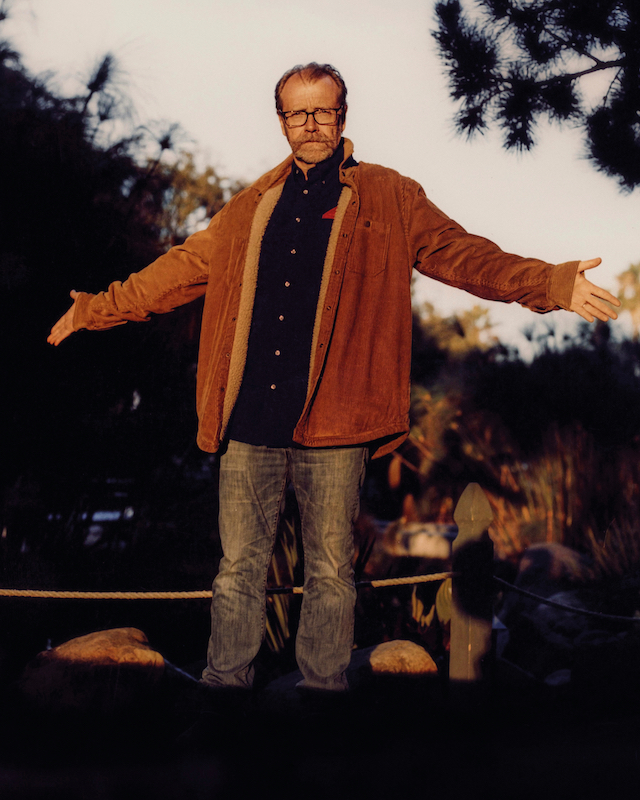
If the shapes of the stories have become more ambiguous, Saunders’s obsessions have remained remarkably consistent. Since his first story collection, 1996’s CivilWarLand in Bad Decline, the title story of which Saunders is currently filming a television pilot, he’s explored the ways in which America tells and re-tells, often inventing, its history. His sole novel, the Booker Prize winning Lincoln in the Bardo, is told from the perspective of a cast of hundreds, each attempting (and failing) to tell a unified story about a particular historical moment, a time just after the start of the Civil War when President Abraham Lincoln struggled to keep the country together while his own son hovered between life and death. Saunders continues to reckon with history in the new collection, most notably in the title story. Wealthy patrons wipe clean the mind of actors (of sorts) and then force them to tell heroic and phony stories of America’s past. In a country that often tells soothing and false stories about its history rather than reconciling with the ugliest parts of the past, Liberation Day can feel like a metaphor for America’s worst tendencies.
“History for me is a good way to kind of say, ‘Well, our current way of telling of life, does it make sense?’” Saunders says. “And if you keep testing it against history you’ll see that it doesn’t actually. It’s always a construction. It’s a power arrangement. And the stories we tell as history are always meant to kiss the ass of power. To whittle away at that is kind of fun.”
Another hallmark of the Saunders story is the playful use of satire on the page. It’s often baked into the structure of the sentences and the paragraphs and is always present in the way the characters see and are seen by the reader. The satiric impulse grew out of his upbringing on the south side of Chicago, Saunders says, where merciless teasing was a form of affection.
Saunders’ characters are often ridiculous, dim-witted or unlikeable in one way or another, like the main character of ‘Sparrow,’ a woman so comically blank and without personality that the narrator tells us “She always seemed to be reading directly from a book on how to be most common.” She meets and falls in love with a similarly unlikeable man, and attempts to develop a personality to attract his attention. The humor in the narrative doesn’t come from mocking the characters, but rather from observing them intensely and with interest. Finding some fondness for a character allows the author and reader to see more of them, Saunders suggests.
“To make fun of something is a very first order thing,” he says. “You do that when you’re a teenager. As you mature you’re like, well ok, making fun is a form of being critical, which is positive, you should be able to do it. But in what we do, the reader will check out pretty early if they see our alignment too soon.”
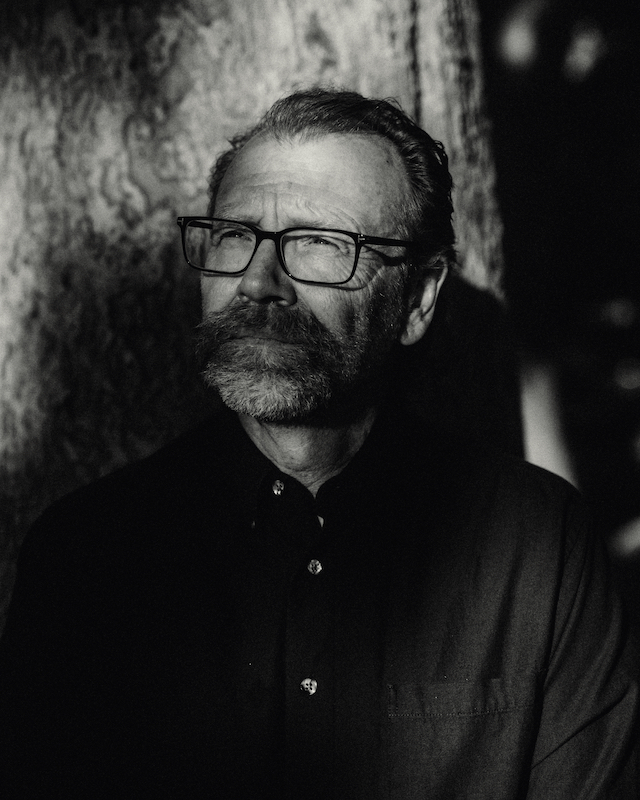
Saunders, now in his sixties, counts himself as somewhat of a late bloomer, not having gotten the fire for writing until his thirties and not publishing his first book until forty. In our conversation, he speaks methodically and technically about the craft, betraying his past as an engineer. Challenges within the stories during their creation, and the very stories themselves, are problems he creates for himself to solve, he observes. This story-as-puzzle view allows Saunders to see his works as sites for growth as a writer.
“As I was writing the book I thought, I don’t know what this is,” he states. “I hope it’s good enough to stand with the rest of it, but I’m definitely learning something for the next book.”
When writing a book, Saunders reveals he doesn’t allow himself to think of the work before him as the main event. The book he’s working on is always practice for the next one, which will be the real book. Even while he worked on Lincoln in the Bardo, the debut novel critics and under-estimators of the short story form hoped Saunders would write, he kept the feeling that he was working out things for whatever the real book would end up being. Working this way, Saunders says, helps him deal with the anxiety of writing, but it also seems to actively foster a mindset of growth and evolution.
“If I think of it that way it is a lower stress thing than if I was thinking ‘I gotta surpass the last thing,’” he notes. “With this collection, what excited me was I got myself into some technical situations that were hard. That felt new and fruitful for what will come next. That thing with ambiguity, that was new to me, the idea that you can have a story that could self-contradict itself into profundity. That was exciting. And it is exciting for me to think about the next thing.”
That next thing is not entirely clear. Saunders has held the habit of working on a single story at a time and trusting that they’ll eventually form into a book. After a project, the well needs to fill. Saunders admits to feeling reflective these days. He has developed a new found respect for writers like Toni Morrison and Philip Roth who continued to produce well into their later years. That’s not always a given, interest or intellect-wise, he notes. Writing is still a love for him and a thing that keeps him vital. He finds a new sense of urgency and sacredness about the work, he says. But also an awareness that just as the flame came on, it can go out. So as long as the gift is there, he contemplates the best thing to do next with it. These continue to be exceptional and bizarre years. He needs time to digest that to find a way for the times to credibly enter his work.
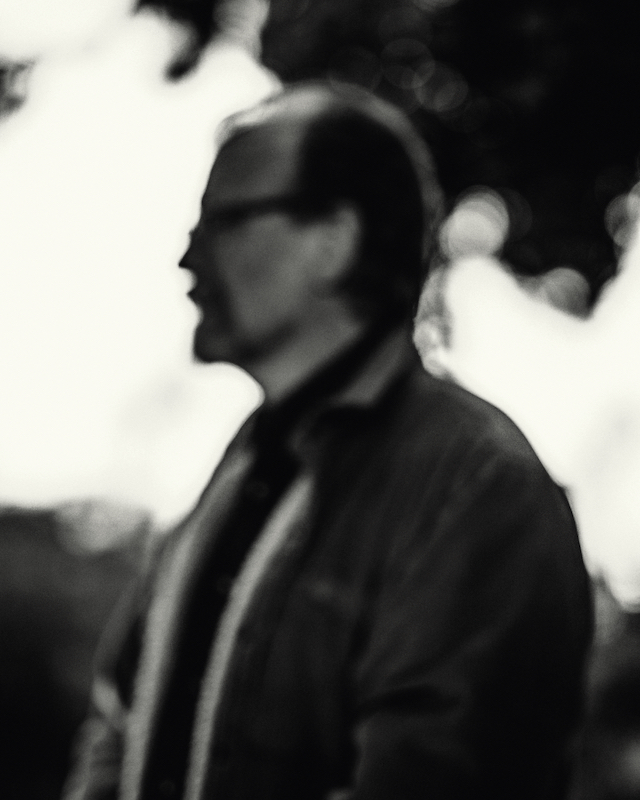
“All this political and crazy stuff that is happening is making the well fill up a little slower, but wider,” he says. “I don’t want to start something that doesn’t access that energy somehow.”
Right now, working on the CivilWarLand pilot is satisfying his creative urge while he scans the horizon. The soft-spoken Saunders alludes to a story-in-progress that he doesn’t quite trust. It’s mean and violent, he confides, not his normal fare. It’s the type of work the always-evolving Saunders needs to sit with to learn what it’s doing before he can call it complete. Another story in-progress he calls glib, and it makes use of the memory erasure trope he used previously. He hasn’t yet decided if he’s comfortable with the returning trope. In the old days he might have tossed the story, but these days he’s more inclined to acknowledge what he doesn’t like and continue to hone the piece and see what turns up.
“To say I’m learning in front of you, that’s a really confident thing to do, that’s a really generous thing to do and I think readers respond to that for sure,” he notes. “But at a certain point… you sort of feel like the master plumber comes into the house, asks no questions, does his thing, and leaves with no doubt… That’s the opposite of what we do. We have to be rickety forever, and unsure and neurotic and exploring and learning in public all the time.”
Liberation Day by George Saunders, published by Bloomsbury, is out now
Photography Pat Martin

This article is taken from Port issue 31. To continue reading, buy the issue or subscribe here




